The History of Physicians

The History of Physicians: A Visual Timeline
The history of physicians and doctors extends tens of thousands of years. The earliest mentions of medicine as we know it are cave paintings that depict people using plants for medicinal purposes. These paintings are dated to nearly 27,000 years ago, and the physician profession has changed quite a bit since then.
In celebration of the men and women who dedicate their careers to helping others, Barton Associates has selected some of the most poignant historical moments brought to us by physicians in the last 2,400 years.
Share This Visual Timeline on Facebook!
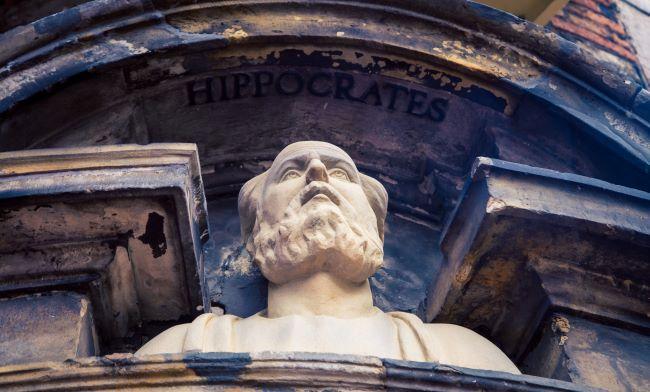
500 B.C. to 300 B.C.
HIPPOCRATES WROTE THE HIPPOCRATIC OATH
The original Hippocratic oath was written in Ionic Greek sometime between 500 B.C. and 300 B.C. This initial version required a new physician to swear to the Greek gods involved in healing that s/he would uphold certain ethical standards.
While the oath has since been modernized, it still carries the same message: do no harm. Source

1100 A.D. to 1300 A.D.
EARLY MEDICAL SCHOOLS WERE FOUNDED ACROSS EUROPE
Between 1100 and 1300, early modern medical schools were founded in Paris, Bologna, Oxford, Salerno, and Montpellier.
These early institutions’ teachings combined the various schools of medical thought that were dominant at the time, such as anatomy, medical astrology, rudimentary surgery, and the use of medicinal herbs.
Much of the curriculum was based in the translated works of Hippocrates and other historical medical scholars. Source

1400 A.D.
“PHYSICIAN” APPEARED IN THE OXFORD ENGLISH DICTIONARY
The third edition of the Shorter Oxford English Dictionary was the first to use the word “physician.”
It’s interesting to note that, according to this edition, physicians and surgeons were members of completely separate professions, and as such were traditionally considered rivals. Source

1766 A.D.
THE FIRST MEDICAL ORGANIZATION IN AMERICA WAS CHARTERED
The New Jersey Medical Society was developed to “form a program embracing all the matters of highest concern to the profession: regulation of practice, educational standards for apprentices, fee schedules, and a code of ethics.”
Later, this organization became the Medical Society of New Jersey. Source
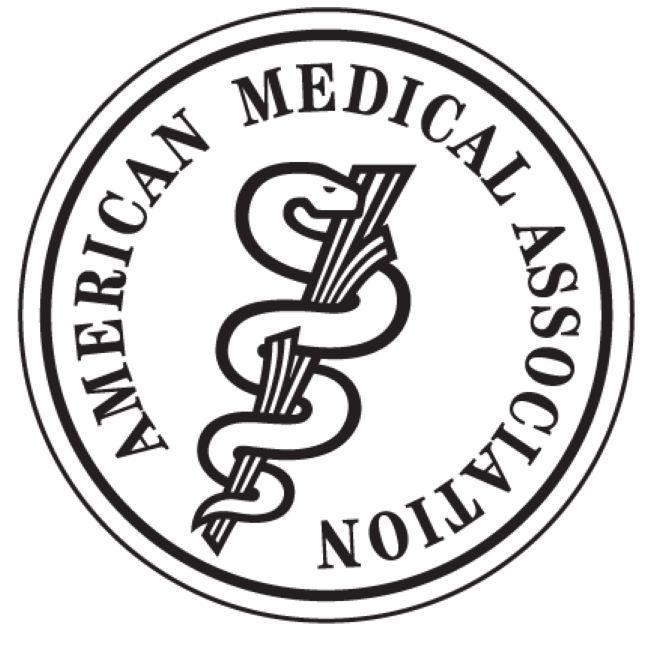
1847 A.D.
THE AMERICAN MEDICAL ASSOCIATION (AMA) WAS ESTABLISHED
The American Medical Association was finally founded in May of 1847 after an 1845 resolution by Dr. Nathan S. Davis calling for a national medical convention. The The establishment of the AMA led to a number of innovations within the medical field, including the creation of educational standards that MDs still adhere to today. Source
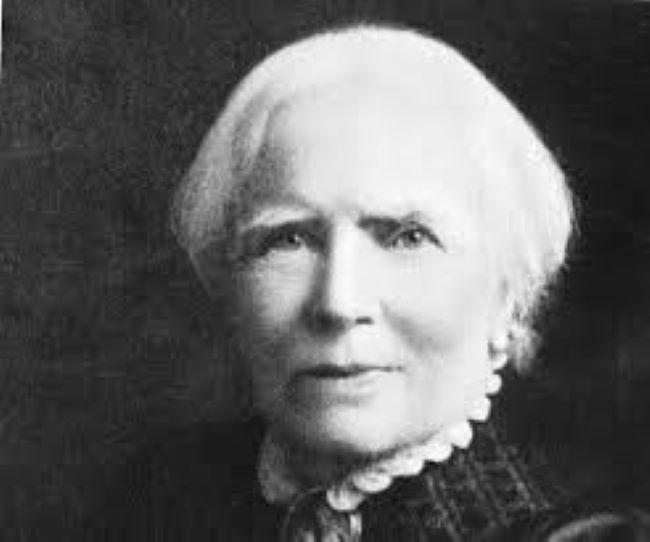
1849 A.D.
THE FIRST WOMAN WAS AWARDED A MEDICAL DEGREE
Elizabeth Blackwell began applying to medical schools in 1847, even though she knew no woman had previously been allowed to study medicine in the U.S.
She applied to 19 schools before she was admitted to Geneva Medical College in New York after the faculty put her admission to a student vote.
She would later graduate at the top of her class and go on to train nurses during the Civil War. Source
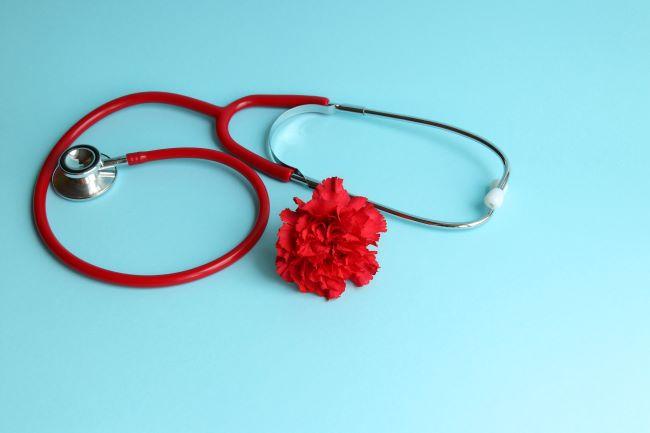
1933 A.D.
NATIONAL DOCTORS’ DAY WAS FIRST CELEBRATED
Eudora Brown Almond, wife of Dr. Charles B. Almond, chose to honor physicians on the anniversary of the first time general anesthesia was used in surgery, which became what we now know as National Doctor’s Day! Source
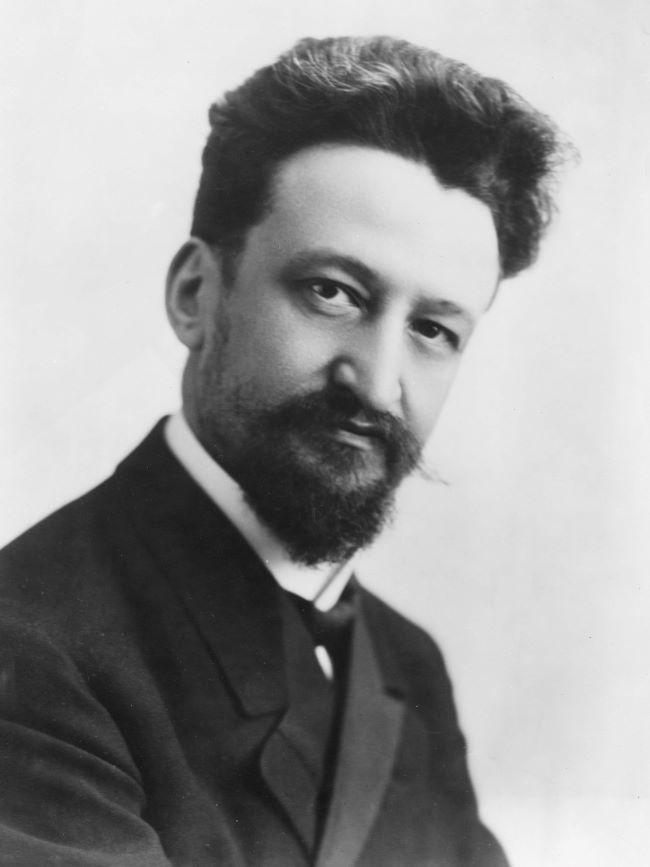
1937 A.D.
A PHYSICIAN ESTABLISHED THE FIRST HOSPITAL BLOOD BANK
Dr. Bernard Fantus established the first hospital-based blood bank at Cook County Hospital in Chicago.
While other hospitals were keeping refrigerated blood on hand prior to 1937, Fantus was the first to use a 2 percent sodium citrate solution to increase the shelf life of refrigerated blood to nearly 10 days. Source
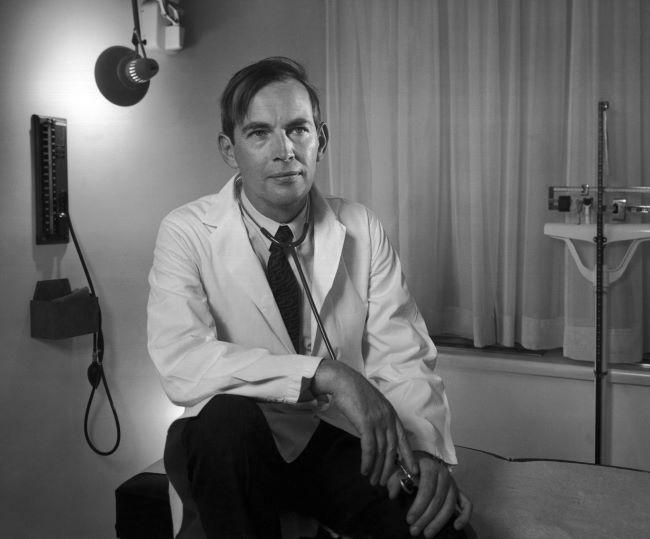
1953 A.D.
THE FIRST HUMAN HEART TRANSPLANT WAS PERFORMED
On December 3, 1967, Dr. Christiaan Barnard successfully transferred the heart of an individual who died of a traumatic head injury into the body of a patient suffering from heart failure.
The patient would live an additional 19 days before succumbing to pneumonia caused by anti-rejection drugs’ affect on his immune system.
Dr. Barnard’s second patient was able to live an additional 19 months and leave the hospital. Source

1972 A.D.
THE FIRST ELECTRONIC MEDICAL RECORDS SYSTEM WAS DEVELOPED
The Regenstrief Institute developed the first EMR system, then known as a clinical information system, but it failed to attract widespread physician use. It wouldn’t be until the advent of the internet that EMR systems became a mainstream solution to patient record management. Source
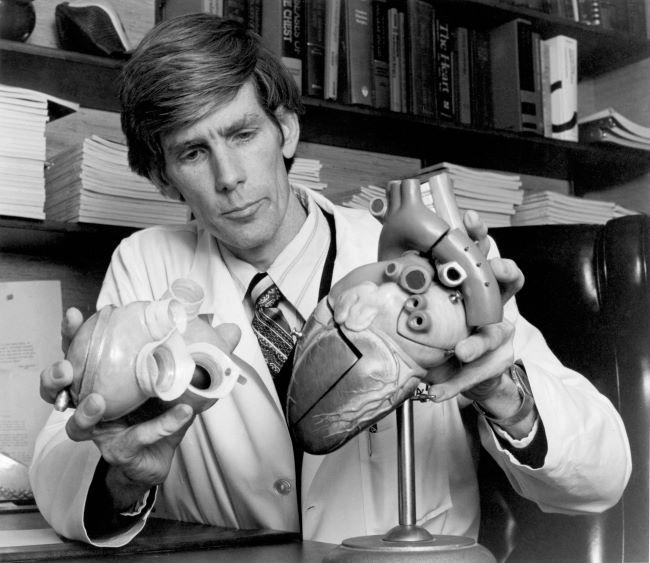
1982 A.D.
THE FIRST ARTIFICIAL HEART WAS IMPLANTED INTO A HUMAN PATIENT
Cardiothoracic surgeon William DeVries completed the first surgery to implant an artificial heart in a human. The patient was afflicted with end-stage congestive heart failure, and after a seven-hour surgery, was able to live another 112 days.
Dr. DeVries would go on to implant four more artificial hearts with increasing levels of success. Source
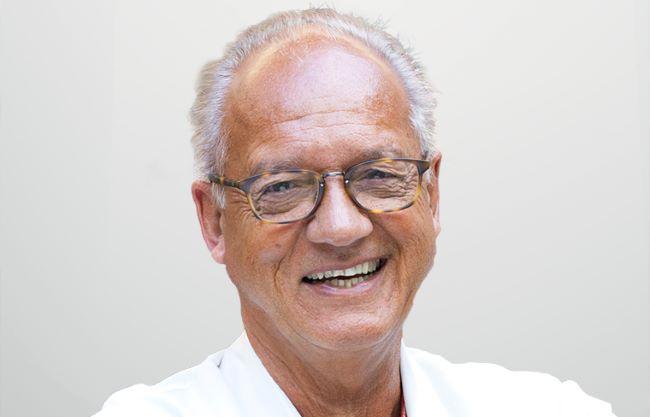
2001 A.D.
THE FIRST TELESURGERY PROCEDURE WAS COMPLETED
In September, 2001, surgeon Jacques Marescaux completed the first remote laparoscopy.
The operating physician was located in New York while the patient receiving the surgery was nearly 3,700 miles away in Strasbourg, France.
The successful procedure was the first of its kind and has potential applications in battlefield medicine and disaster relief. Source

2005 A.D.
FRENCH SURGEONS COMPLETED THE FIRST FACIAL TRANSPLANT
In 2005, two French physicians, Dr. Jean-Michel Dubernard and Dr. Bernard Devauchelle, completed the first successful facial transplant surgery after their patient was mauled and disfigured by her dog.
By taking the nose, chin, and mouth from a brain-dead donor, the physicians were able to forgo traditional reconstructive surgery to give the women a more normal appearance. Source

2016 A.D.
THAI PHYSICIANS TRANSPLANTED THE FIRST 3-D-PRINTED THUMB
A team of Thai physicians and engineers successfully transplanted a working titanium thumb created using 3-D printing technology.
After having her thumb amputated because of a tumor, the 37-year-old woman’s working thumb was X-rayed so it could be reproduced using 3-D printers.
The thumb bone, which was created using titanium, was lighter, stronger, and cheaper than many orthotics traditionally used in such applications. Source

2022 A.D. and Beyond
AN ENVIRONMENT WHERE PHYSICIANS THRIVE
Overall, jobs in healthcare are expected to grow incredibly fast by about 16% by 2030, adding about 2.6 million new jobs according to the Bureau of Labor Statistics.
Across all healthcare sectors, there is a demand for creative, thoughtful uses of health informatics, mobile technology, cloud systems, and digital diagnostics.
In recent years, the medical industry has experienced unprecedented growth in research and development for new innovations in healthcare technologies.
The future of care will give physicians access to different delivery models (think phone, internet, telehealth, and group visits), help them better focus on patients’ behavior, and allow them to take a more team-oriented approach.
SHARE THIS VISUAL TIMELINE ON FACEBOOK:
What Challenges Can YOU Overcome?
Work With a Barton Talent Expert to Take the Next Step in Your Career!